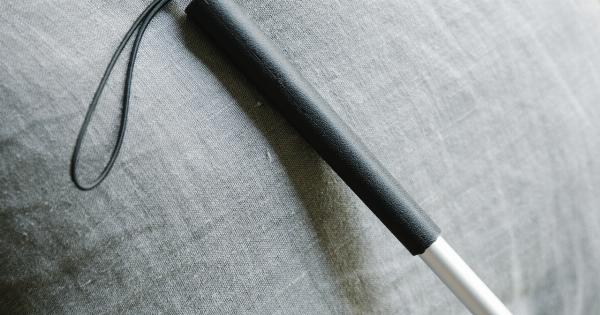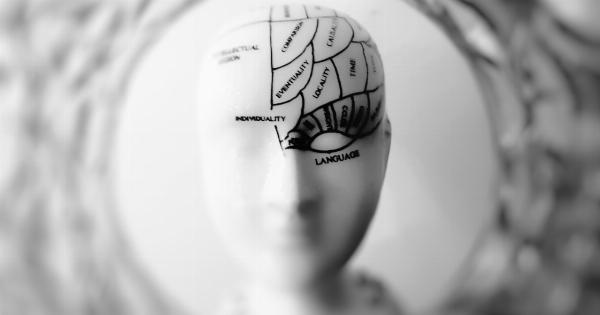Tendon diseases are a common condition that can affect anyone, from athletes to those leading a sedentary lifestyle. These conditions can be painful, limiting mobility and impacting daily activities.
This article will delve into the different types of tendon diseases, their causes, symptoms, and available treatment options.
1. Tendinitis
Tendinitis, also known as tendonitis, is the inflammation of a tendon. Tendons are thick cords that attach our muscles to bones. Repetitive motions or overuse of a particular tendon are primary causes of tendinitis.
This condition is commonly observed in individuals who engage in repetitive activities or sports, such as runners, swimmers, and tennis players.
2. Tendinosis
Tendinosis is a chronic condition characterized by degeneration of tendon tissues due to repeated microtrauma without proper healing. Unlike tendinitis, tendinosis does not involve significant inflammation.
This condition can result from untreated tendinitis or repetitive motions over an extended period.
3. Tendon Rupture
Tendon rupture refers to the partial or complete tearing of a tendon. This can occur due to sudden trauma or can be a result of chronic tendon degeneration over time.
Achilles tendon ruptures, often observed in middle-aged men participating in sports activities, are a common example.
4. De Quervain’s Tenosynovitis
De Quervain’s tenosynovitis is a condition that causes pain and inflammation in the tendons located on the thumb side of the wrist. Repetitive thumb and wrist motions, such as lifting a baby or playing golf, can lead to this condition.
It is more prevalent in women, especially new mothers.
5. Trigger Finger
Trigger finger, also known as stenosing tenosynovitis, is a condition in which one of the fingers or the thumb gets stuck in a bent position. This happens due to inflammation or thickening of the tendons in the affected finger.
It can cause pain and restricted movement.
6. Tennis Elbow
Tennis elbow, or lateral epicondylitis, is an overuse injury that affects the tendons on the outside of the elbow. Contrary to its name, this condition can occur in anyone who repeatedly uses their wrist or forearm.
Activities such as typing, painting, and carpentry can lead to the development of tennis elbow.
7. Golfer’s Elbow
Golfer’s elbow, or medial epicondylitis, is similar to tennis elbow but affects the tendons on the inside of the elbow.
This condition is most commonly observed in golfers; however, it can also occur in individuals who perform repetitive gripping or throwing motions.
8. Rotator Cuff Tendinitis
Rotator cuff tendinitis is a condition that involves inflammation or irritation of the tendons around the shoulder joint. Overhead activities, repetitive arm motions, or injuries can lead to this condition.
It is commonly observed in athletes who participate in sports such as swimming, baseball, and tennis.
9. Bursitis
Bursitis is the inflammation of the bursae, which are small fluid-filled sacs that act as cushions between bones, tendons, and muscles. Although not exclusively a tendon disease, it often goes hand in hand with tendonitis or tendinosis.
Common areas affected by bursitis include the shoulder, elbow, hip, and knee.
10. Osgood-Schlatter Disease
Osgood-Schlatter disease is a condition that primarily affects adolescents during growth spurts. It causes painful inflammation below the kneecap, where the patellar tendon attaches to the shinbone.
This condition is commonly seen in young athletes who participate in sports involving running, jumping, and quick direction changes.
Treatment Options
The treatment for tendon diseases depends on the specific condition and its severity. The most common treatment options include:.
1. Rest and Activity Modification
In mild cases, rest and avoiding activities that aggravate the condition may be sufficient for recovery. Modifying daily activities and using braces or splints can provide additional support and relief.
2. Physical Therapy
Physical therapy plays a vital role in treating and rehabilitating tendon diseases. Therapeutic exercises, stretching, and strengthening techniques can help improve flexibility, reduce pain, and restore normal movement.
3. Medications
Nonsteroidal anti-inflammatory drugs (NSAIDs) may be prescribed to manage pain and reduce inflammation associated with tendon diseases. Topical creams or ointments can also provide localized relief.
4. Corticosteroid Injections
In severe cases, corticosteroid injections may be administered directly into the affected tendon to provide immediate relief from pain and inflammation.
5. Platelet-Rich Plasma (PRP) Therapy
PRP therapy involves injecting a concentrated solution of platelets obtained from the patient’s blood into the affected tendon. Platelets contain growth factors that promote natural healing and regeneration.
6. Extracorporeal Shockwave Therapy (ESWT)
ESWT is a non-invasive treatment method that delivers shockwaves to the affected area, stimulating healing and reducing pain. It is commonly used for conditions like plantar fasciitis and tennis elbow.
7. Surgical Intervention
In severe cases that do not respond to conservative treatments, surgical intervention may be required. Tendon repair, tendon transfer, or removal of scar tissue are some of the surgical procedures performed for tendon diseases.
Early Intervention is Key
Early recognition and intervention are crucial for managing tendon diseases effectively. Ignoring symptoms or continuing activities that exacerbate the condition can lead to chronic issues and longer recovery periods.
If you experience persistent pain, swelling, or restricted movement in any joint or tendon, it is essential to consult a healthcare professional for an accurate diagnosis and appropriate treatment plan.





























